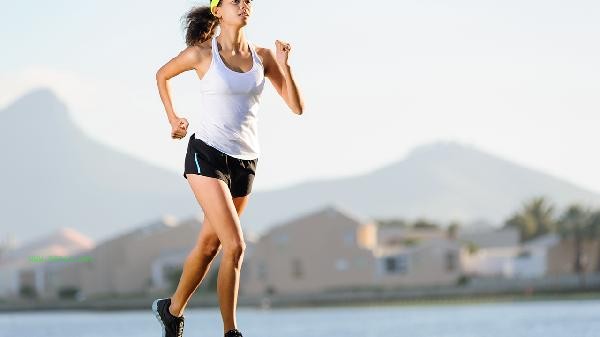When choosing shoes for long-distance running, it is necessary to consider cushioning, support, and lightweight. It is recommended to use professional running shoes. The selection of running shoes mainly considers factors such as arch type, running surface, and weight.

1. Arch adaptation
High arch shoes are suitable for cushioned running shoes, which can effectively absorb landing impact and reduce plantar fascia damage. Low arch or flat feet should choose stable support running shoes, which correct excessive internal rotation through a reinforced design on the inner side of the midsole. A balanced running shoe can be chosen for a normal arch, balancing cushioning and support performance. It is recommended to determine the arch type of the foot through professional gait analysis.
2. Road Environment
Highway running shoes with wear-resistant rubber soles should be selected, and the forefoot thickness is recommended to exceed 20 millimeters. Off road running should choose a deep tooth pattern sole, and the upper should be made of waterproof and breathable material. Track and field training is suitable for spiked shoes or lightweight racing shoes, but long-term use is not recommended for daily training. All terrain running shoes can be selected for mixed road surfaces, with a sole hardness of at least 60 degrees.
3. Weight considerations
Runners weighing over 80 kilograms should choose the top-level cushioning series, with a midsole material thickness of at least 30 millimeters. For moderate weight, regular cushioned running shoes can be chosen, and attention should be paid to the moderate hardness of the heel cup. Lightweight runners can try racing shoes, with a single weight controlled within 200 grams for better acceleration. Those who are generally heavy need to change their running shoes every 500 kilometers to avoid excessive compression of the midsole material.

4. Seasonal matching
Summer preferred mesh breathable shoe upper, paired with quick drying socks to prevent water bubbles. In winter, windproof and warm shoe uppers are needed, and waterproof treatment on the toe is more practical. Choose a non slip outsole for running during the rainy season, and the groove depth should exceed 3 millimeters. Avoid dark colored shoe uppers in high temperature environments, and the reflective strip design can enhance night running safety.
5. Advanced Features
Carbon plate running shoes are suitable for advanced runners with a speed of less than 4 minutes, but they need to gradually adapt to a rigid midsole. Zero drop running shoes help correct running posture, and beginners need to cooperate with calf strength training. Intelligent running shoes can monitor step frequency and stride, and data errors need to be calibrated regularly. The forefoot curl of racing shoes usually reaches 8 degrees, and it is not recommended to exceed 5 degrees during daily training.

When trying on running shoes, leave enough space for toe movement, and it is recommended to measure foot shape in the afternoon. New shoes require a 30 kilometer break in period, and short-term adaptability training can be conducted first. Regularly check the wear of the shoe sole, and adjust the running posture if the outer wear is severe. Choose seamless design for running socks, combined with anti friction cream to prevent black nails. Clean the sweat stains inside the shoes in a timely manner after running to avoid bacterial growth and affect foot health. The service life of professional running shoes is about 800 kilometers, and excessive wear can significantly increase the risk of sports injuries.






Comments (0)
Leave a Comment
No comments yet
Be the first to share your thoughts!